Home>Gardening & Outdoor>Outdoor Structures>How To Soundproof A Shed
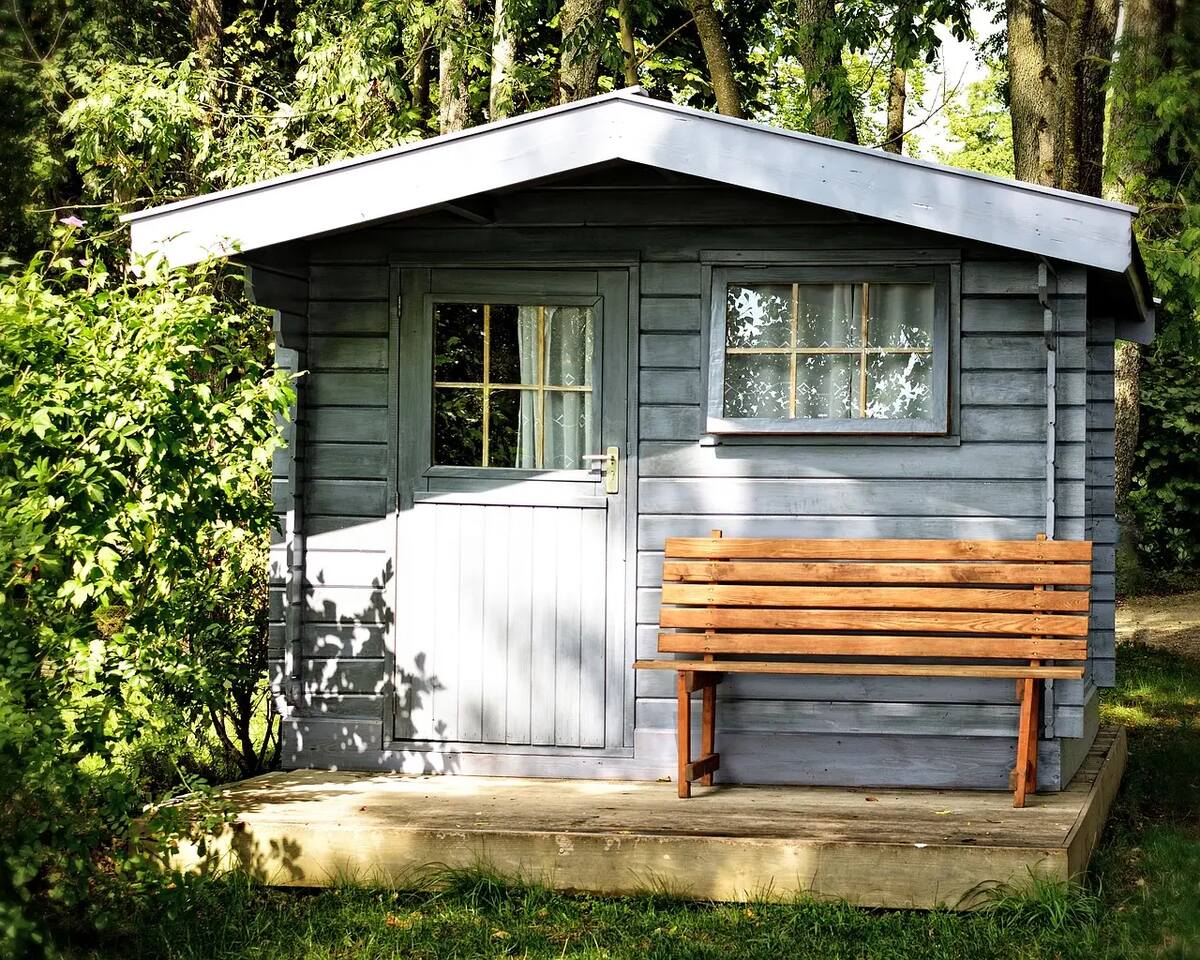

Outdoor Structures
How To Soundproof A Shed
Modified: January 23, 2024
Learn how to soundproof your outdoor structures with our comprehensive guide. Discover effective techniques for reducing noise in your shed.
(Many of the links in this article redirect to a specific reviewed product. Your purchase of these products through affiliate links helps to generate commission for Storables.com, at no extra cost. Learn more)
Introduction
So, you've got a shed in your backyard, and you're thinking about transforming it into a peaceful retreat, a home office, a music studio, or a hobby workshop. However, the constant noise from outside or the reverberations from within the shed may be hindering your plans. But fear not! With the right techniques and materials, you can effectively soundproof your shed and create a tranquil and quiet space that suits your needs.
Soundproofing a shed involves a combination of strategies, from insulating the walls to sealing gaps and cracks, soundproofing the door and windows, and adding sound-absorbing elements. Whether you're aiming to keep the noise out or in, this comprehensive guide will walk you through the process, providing valuable insights and practical tips to help you achieve the peaceful oasis you desire.
Let's delve into the world of shed soundproofing and explore the various methods and materials that will enable you to create a serene and acoustically optimized environment right in your own backyard.
Key Takeaways:
- Soundproofing your shed involves insulating walls, sealing gaps, and adding sound-absorbing materials to create a peaceful and quiet space for various activities.
- Selecting the right soundproofing materials, such as insulation, mass-loaded vinyl, and acoustic panels, is crucial for achieving an acoustically optimized shed.
Read more: How To Soundproof A Closet
Assessing the Shed
Before embarking on the soundproofing journey, it’s crucial to assess the current state of your shed. Take note of the existing sound-related issues and the specific areas where noise enters or escapes. Understanding the unique characteristics of your shed will guide you in determining the most effective soundproofing techniques to employ.
Start by examining the construction of the shed. Is it made of wood, metal, or another material? The type of construction will influence the sound transmission characteristics of the structure. Additionally, assess the condition of the walls, roof, floor, doors, and windows. Look for any visible gaps, cracks, or areas of poor insulation that may contribute to sound leakage.
Next, consider the surrounding environment. Is your shed located in a noisy neighborhood, near a busy street, or close to sources of constant environmental noise? Understanding the external factors that contribute to the sound issues will help you tailor your soundproofing efforts to address these specific challenges.
Furthermore, evaluate the intended use of the shed. If it will serve as a music studio, for example, you’ll need to implement more advanced soundproofing techniques to achieve optimal acoustics. On the other hand, if it’s a quiet retreat for reading or relaxation, the soundproofing requirements may differ.
Finally, assess your budget and the level of soundproofing you aim to achieve. This will help you prioritize the soundproofing methods and materials that best align with your goals and financial resources.
By thoroughly assessing your shed and its surroundings, you’ll gain valuable insights that will inform your soundproofing strategy, setting the stage for a successful transformation into a peaceful and insulated space.
Soundproofing Materials
When it comes to soundproofing your shed, the selection of appropriate materials is a critical aspect of the process. From insulation to barrier materials, choosing the right products will significantly impact the effectiveness of your soundproofing endeavors.
1. Soundproofing Insulation: Insulating the walls, ceiling, and floor of your shed is fundamental to reducing sound transmission. Consider using dense, high-quality insulation materials such as mineral wool, fiberglass, or foam board. These materials not only provide thermal insulation but also contribute to sound absorption, minimizing the transfer of noise in and out of the shed.
2. Mass-Loaded Vinyl (MLV): MLV is a versatile soundproofing material that adds mass to surfaces, effectively blocking airborne noise. It can be installed beneath drywall or flooring and is particularly useful for reducing low-frequency sounds. Additionally, MLV can serve as a barrier to mitigate the impact of external noise on the shed’s interior.
3. Acoustic Panels: Acoustic panels, often made of specialized foam or fabric-wrapped materials, are designed to absorb and diffuse sound waves. Installing these panels on the walls and ceiling of the shed can significantly improve its acoustics by reducing reverberation and echo, creating a more controlled and pleasant sound environment.
4. Green Glue: Green Glue is a viscoelastic compound that is used between layers of drywall to dampen vibrations and prevent sound from traveling through walls. It converts sound energy into small amounts of heat, effectively reducing sound transmission. Applying Green Glue between layers of drywall enhances the overall soundproofing performance.
5. Weather Stripping and Sealants: To prevent sound leaks, it’s essential to seal gaps and cracks around doors, windows, and other openings. Weather stripping and acoustic sealants can effectively block airborne noise from entering or escaping the shed, creating a more acoustically isolated space.
By carefully selecting and incorporating these soundproofing materials into your shed renovation project, you can create a well-insulated and acoustically optimized environment that aligns with your specific soundproofing goals.
Insulating the Shed
Insulation plays a pivotal role in soundproofing a shed, as it not only regulates temperature but also helps in reducing the transmission of airborne and impact noise. When insulating your shed, consider the following techniques and materials to achieve optimal soundproofing and thermal performance.
1. Wall Insulation: Start by insulating the walls of the shed using high-density materials such as mineral wool or fiberglass insulation batts. Ensure that the insulation fits snugly within the wall cavities to minimize air gaps, which can compromise its soundproofing effectiveness. For added sound absorption, consider installing acoustic panels or fabric-wrapped insulation to further enhance the shed’s acoustics.
2. Ceiling Insulation: If your shed has a ceiling, insulate it with the same attention to detail as the walls. Use insulation materials with a high NRC (Noise Reduction Coefficient) to effectively absorb and dampen airborne noise, creating a quieter interior environment. Additionally, consider installing mass-loaded vinyl (MLV) or Green Glue between layers of drywall to further enhance the soundproofing performance of the ceiling.
3. Floor Insulation: Insulating the shed’s floor is essential, especially if the shed is used as a music studio or a space where impact noise is a concern. Use dense foam or rubber underlayment to minimize the transmission of vibrations and impact noise. Additionally, consider installing a floating floor system to further isolate the shed from external disturbances.
4. Air Sealing: In addition to insulation, ensure that the shed is properly air-sealed to prevent sound leaks. Use acoustic sealants and weather-stripping materials to seal gaps around doors, windows, and other openings. This will create a more airtight and soundproof environment, reducing the infiltration of external noise.
By meticulously insulating the walls, ceiling, and floor of your shed, you can significantly reduce the transmission of airborne and impact noise, creating a more acoustically controlled and comfortable space for your intended activities.
Sealing Gaps and Cracks
Effective soundproofing of a shed involves addressing potential weak points where sound can easily enter or escape. Gaps and cracks in the structure create pathways for noise transmission, undermining the overall soundproofing efforts. By sealing these openings, you can significantly enhance the shed’s ability to isolate unwanted noise.
1. Weather Stripping for Doors: Install high-quality weather stripping around the perimeter of the shed door to create a tight seal. Choose weather stripping materials designed for soundproofing, such as neoprene or silicone seals, to effectively block airborne noise from entering or escaping through the door. Additionally, consider adding a door sweep to further minimize sound leakage at the bottom of the door.
2. Acoustic Sealants: Use specialized acoustic sealants to fill gaps and cracks in the walls, ceiling, and around window frames. Acoustic sealants are designed to remain flexible and resilient, providing a durable and airtight seal that helps prevent sound from penetrating through the structural openings. Apply the sealant generously to ensure thorough coverage of potential sound leak points.
3. Window Sealant and Caulking: Seal gaps around window frames with a high-quality acoustic caulk to eliminate sound pathways. Ensure that the caulk forms a continuous seal between the window frame and the wall, effectively blocking outdoor noise from infiltrating the shed. Consider upgrading to double- or triple-pane windows for enhanced sound insulation, especially if the shed is located in a noisy environment.
4. Insulating Electrical Outlets and Switches: Sound can easily penetrate through electrical outlets and switches, so it’s essential to insulate them to minimize sound leakage. Install foam gaskets behind outlet and switch plates to create a soundproof barrier, reducing the transmission of airborne noise through these openings.
By diligently sealing gaps and cracks throughout the shed, you can create a more acoustically isolated space that effectively mitigates the intrusion of external noise, allowing you to enjoy a quieter and more peaceful environment for your chosen activities.
To soundproof a shed, use acoustic foam panels on the walls and ceiling, weatherstrip the doors and windows, and add a thick rug or carpet on the floor to absorb sound.
Read more: How To Soundproof Floor
Soundproofing the Door
When soundproofing a shed, special attention should be given to the door, as it is a primary entry point for both external noise and sound generated within the shed. By implementing targeted soundproofing techniques for the door, you can significantly reduce the transmission of airborne noise, creating a quieter and more insulated interior space.
1. Solid Core Door: Consider replacing the existing shed door with a solid core door, which offers better sound insulation compared to hollow core or lightweight doors. Solid core doors are denser and more effective at blocking airborne noise, providing a substantial improvement in soundproofing performance.
2. Door Soundproofing Blanket: An alternative or supplementary approach is to use a door soundproofing blanket, which is a heavy, dense material designed to hang over the door’s surface. These blankets are effective at blocking sound transmission and can be easily installed and removed as needed, making them a flexible solution for soundproofing the shed door.
3. Weather Stripping and Door Sweep: Install high-quality weather stripping around the perimeter of the door to create a tight seal that minimizes sound leakage. Additionally, attach a door sweep to the bottom of the door to further enhance the seal and prevent the infiltration of airborne noise from under the door.
4. Acoustic Door Seal Kit: Consider using an acoustic door seal kit, which typically includes a combination of door gaskets, door bottom seals, and soundproofing materials designed to improve the door’s acoustical performance. These kits are specifically engineered to reduce sound transmission through the door, enhancing its overall soundproofing capabilities.
5. Mass-Loaded Vinyl (MLV) Barrier: Apply a layer of mass-loaded vinyl (MLV) to the surface of the door to add mass and density, effectively blocking airborne noise. MLV serves as a sound barrier and can be installed beneath the door’s outer covering, contributing to a substantial reduction in sound transmission.
By implementing these targeted soundproofing techniques for the shed door, you can create a more acoustically optimized environment, effectively minimizing the intrusion of external noise and enhancing the tranquility of the shed’s interior space.
Soundproofing the Windows
Windows are common points of sound transmission in any structure, including sheds. Soundproofing the windows is essential for creating a quieter and more insulated interior environment. By employing effective soundproofing techniques for the windows, you can significantly reduce the infiltration of external noise, enhancing the overall acoustical performance of the shed.
1. Double or Triple Pane Windows: Consider upgrading to double or triple pane windows, which provide enhanced sound insulation compared to single pane windows. The multiple layers of glass and insulating gas between the panes effectively dampen sound transmission, reducing the impact of external noise on the shed’s interior.
2. Soundproofing Window Inserts: Install soundproofing window inserts, which are custom-fit acoustic panels designed to fit inside the window frame. These inserts create an additional barrier against sound transmission and can significantly reduce outdoor noise infiltration while preserving the functionality of the existing windows.
3. Acoustic Caulking and Sealant: Seal the gaps around the window frames with high-quality acoustic caulk to eliminate potential sound pathways. Ensure that the caulk forms a continuous seal between the window frame and the wall, effectively blocking outdoor noise from penetrating into the shed. Additionally, consider insulating the window sash and jambs with foam gaskets to further minimize sound leakage.
4. Soundproof Curtains or Drapes: Install soundproof curtains or drapes designed to absorb and block sound waves. These specialized window treatments feature dense, noise-absorbing materials that help reduce sound transmission through the windows while providing a decorative and functional addition to the shed’s interior.
5. Exterior Sound Barrier: If the shed is located in a particularly noisy environment, consider installing an exterior sound barrier, such as a dense fence or vegetation, to help mitigate the impact of external noise before it reaches the windows. This additional measure can complement the interior soundproofing efforts and further enhance the shed’s acoustical performance.
By implementing these soundproofing techniques for the windows, you can create a more acoustically insulated and tranquil space within the shed, minimizing the intrusion of external noise and enhancing the overall comfort of the interior environment.
Adding Sound Absorbing Elements
Integrating sound-absorbing elements into the interior of your shed can significantly enhance its acoustical performance, creating a more controlled and pleasant sound environment. By strategically placing sound-absorbing materials, you can reduce reverberation, echo, and overall noise levels, contributing to a more comfortable and acoustically optimized space.
1. Acoustic Panels: Install acoustic panels on the walls and ceiling of the shed to absorb and dissipate sound waves, reducing reverberation and echo. These specialized panels are available in various sizes, shapes, and designs, allowing you to customize the aesthetic and acoustical characteristics of the interior space. Consider arranging the panels strategically to maximize their sound-absorbing effectiveness.
2. Fabric-Wrapped Insulation: Utilize fabric-wrapped insulation panels to add both sound-absorbing and thermal insulation properties to the shed. These panels feature an attractive fabric covering over dense insulation material, providing dual functionality while enhancing the acoustical comfort of the space. Place the panels in areas where sound absorption is particularly beneficial, such as near work areas or music equipment.
3. Hanging Acoustic Baffles: Hang acoustic baffles from the ceiling to help absorb and diffuse sound waves, reducing reverberation and creating a more balanced sound environment. Baffles are effective at controlling noise in larger sheds or spaces with high ceilings, providing an adaptable solution for improving acoustics without compromising the available floor space.
4. Sound-Absorbing Furniture and Décor: Select sound-absorbing furniture, such as upholstered chairs, sofas, or sound-dampening partitions, to contribute to the overall sound control within the shed. Additionally, incorporate soft furnishings, area rugs, and draperies with sound-absorbing properties to further minimize sound reflections and enhance the comfort of the interior space.
5. Acoustic Diffusers: Integrate acoustic diffusers into the shed’s design to scatter sound waves and reduce the buildup of direct reflections. These diffusers help create a more balanced and natural sound environment by distributing sound energy evenly throughout the space, contributing to a more pleasing acoustic experience for various activities.
By incorporating these sound-absorbing elements into the shed’s interior, you can create a more acoustically controlled and comfortable environment, reducing the impact of noise and enhancing the overall quality of the sound within the space.
Conclusion
Transforming your shed into a peaceful and acoustically optimized space is an achievable endeavor with the right soundproofing techniques and materials. By carefully assessing the shed, addressing its unique sound-related challenges, and implementing targeted soundproofing strategies, you can create a tranquil retreat, a productive workspace, or a creative haven right in your own backyard.
From insulating the walls, ceiling, and floor to sealing gaps and cracks, soundproofing the door and windows, and integrating sound-absorbing elements, each step contributes to the overall goal of creating a more controlled and comfortable sound environment within the shed. The selection of soundproofing materials, such as high-density insulation, mass-loaded vinyl, acoustic panels, and sealants, plays a crucial role in enhancing the shed’s acoustical performance.
Whether you seek a quiet space for artistic pursuits, a serene refuge for relaxation, or a productive environment for work or hobbies, the comprehensive soundproofing techniques outlined in this guide empower you to tailor the shed to your specific needs. By addressing airborne and impact noise, minimizing sound leakage, and enhancing sound absorption, you can enjoy a more peaceful and insulated shed that aligns with your vision.
Ultimately, the process of soundproofing a shed offers a rewarding opportunity to create a personalized sanctuary that fosters tranquility, creativity, and productivity. With a thoughtful approach to soundproofing and a commitment to utilizing effective materials and techniques, you can transform your shed into a harmonious and acoustically optimized space that enhances your daily activities and provides a welcome escape from external noise.
Embrace the possibilities of shed soundproofing, and embark on a journey to cultivate a more serene and harmonious environment that reflects your unique preferences and aspirations.
Frequently Asked Questions about How To Soundproof A Shed
Was this page helpful?
At Storables.com, we guarantee accurate and reliable information. Our content, validated by Expert Board Contributors, is crafted following stringent Editorial Policies. We're committed to providing you with well-researched, expert-backed insights for all your informational needs.
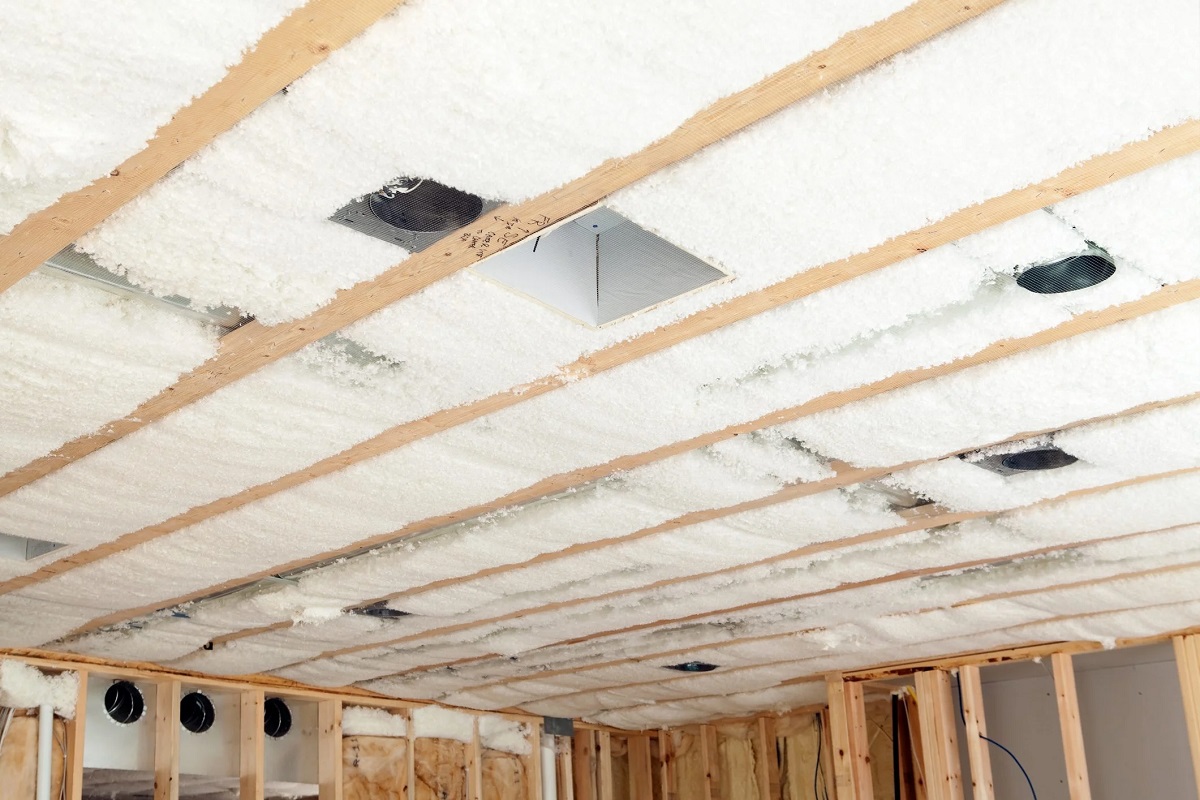

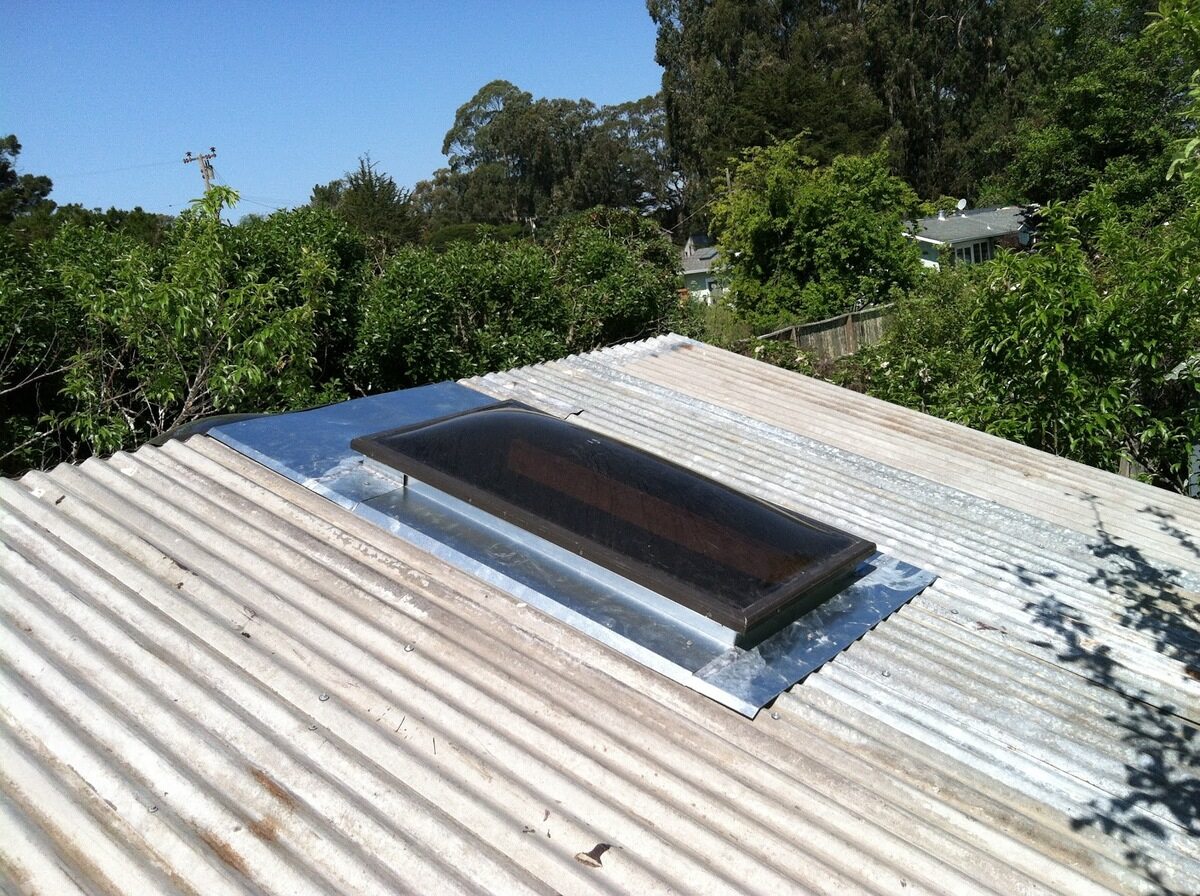
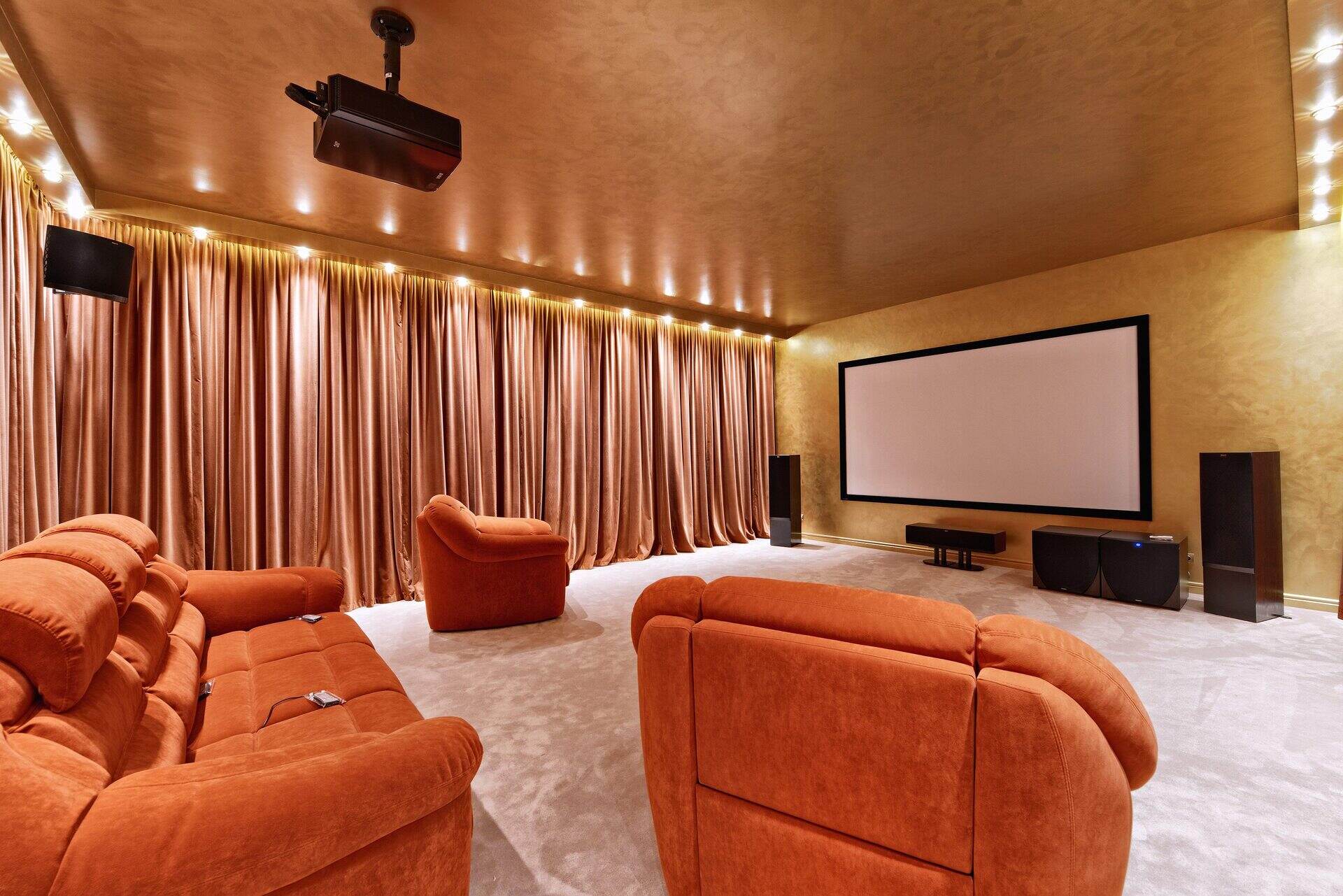
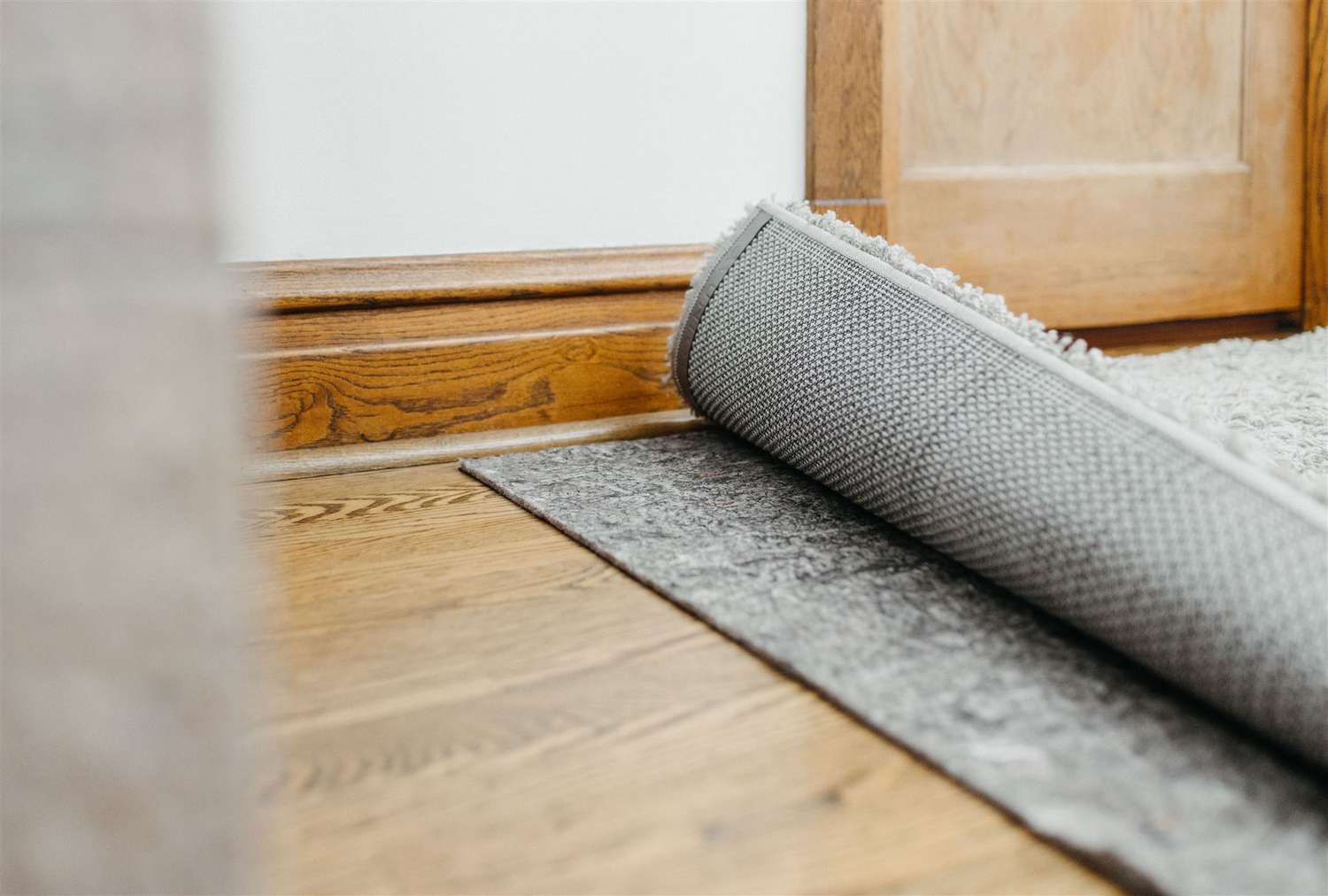
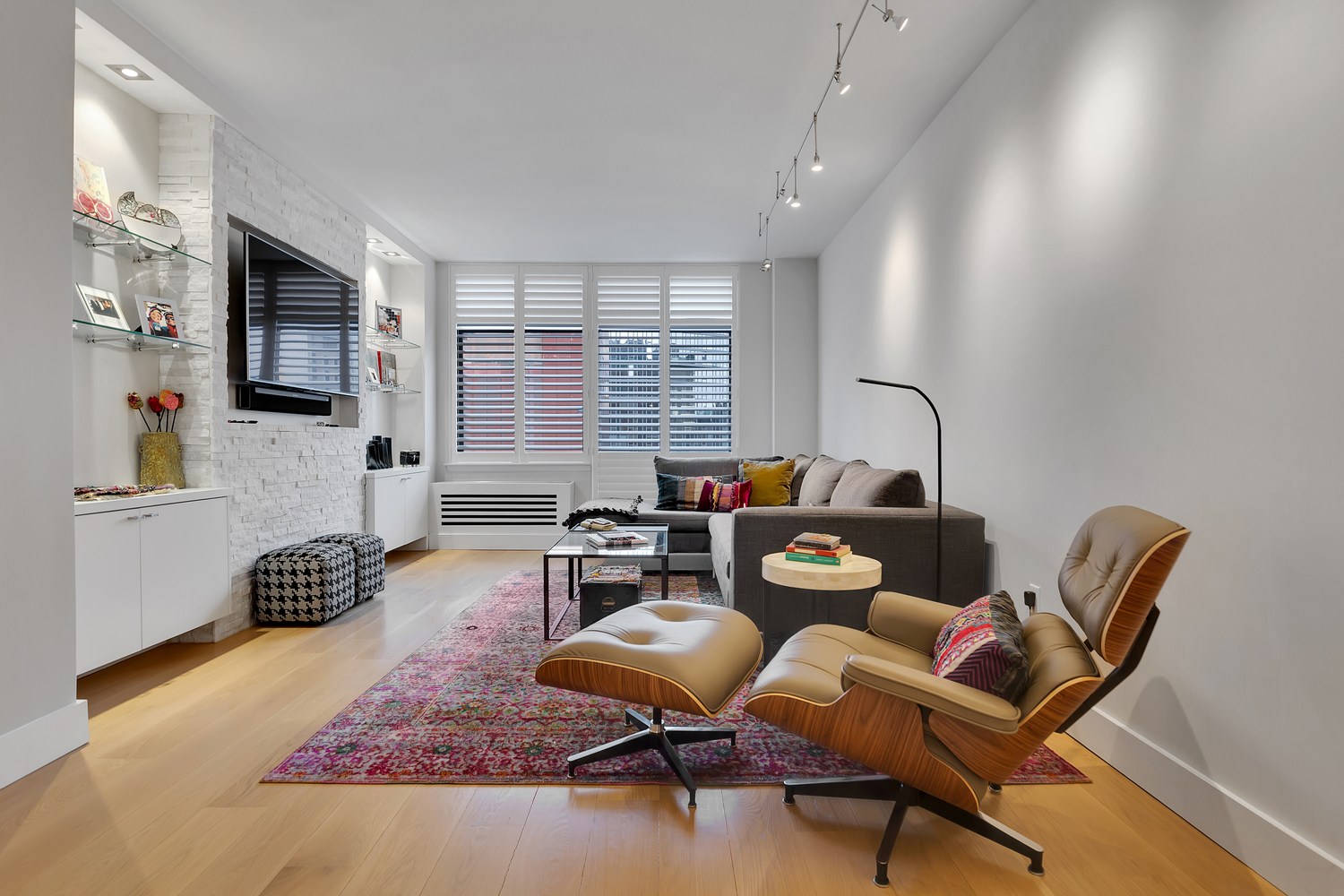
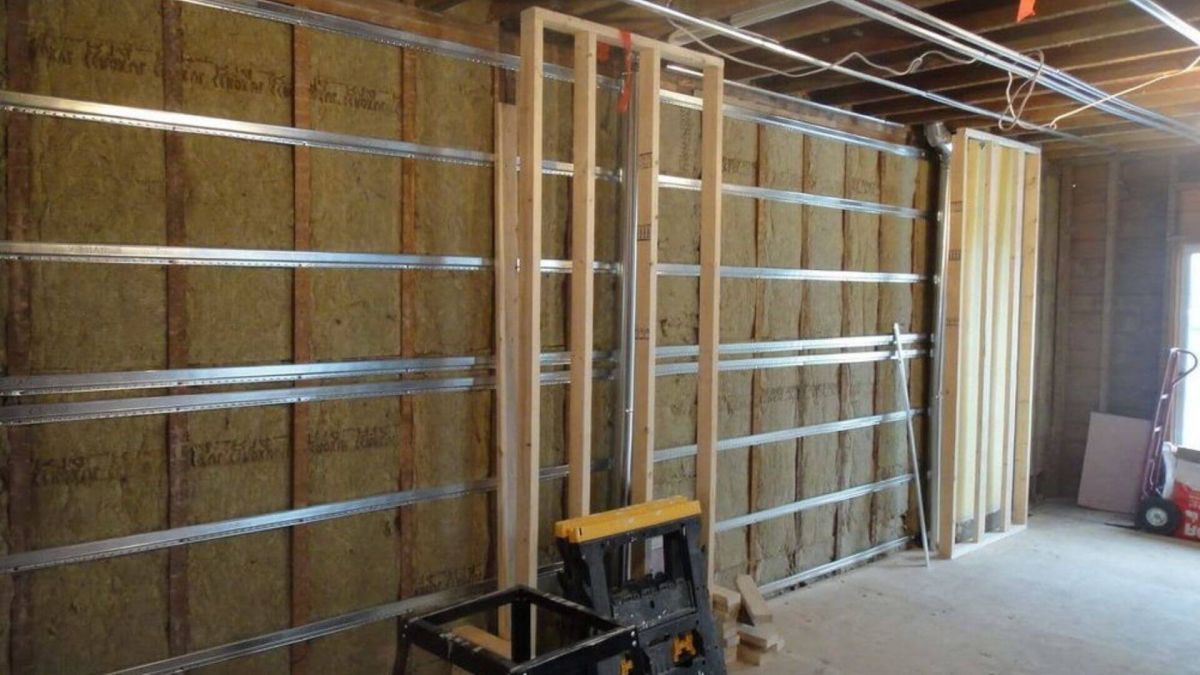
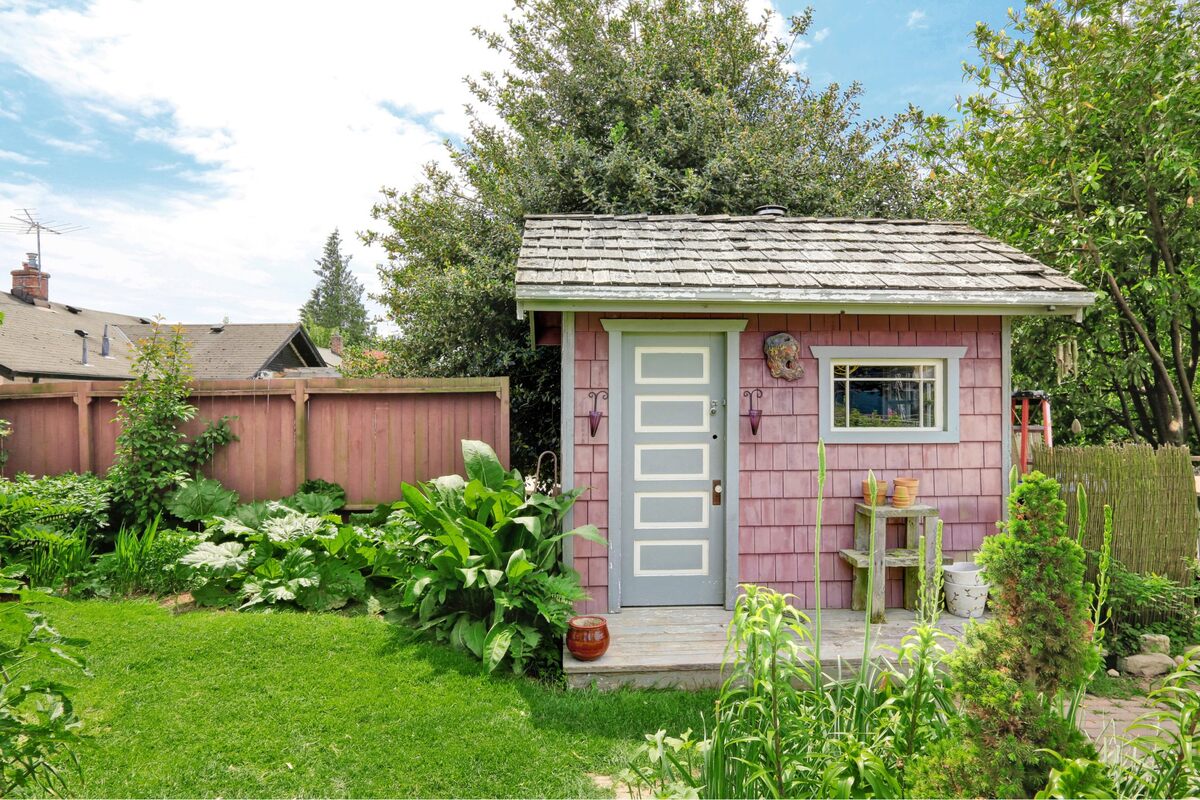
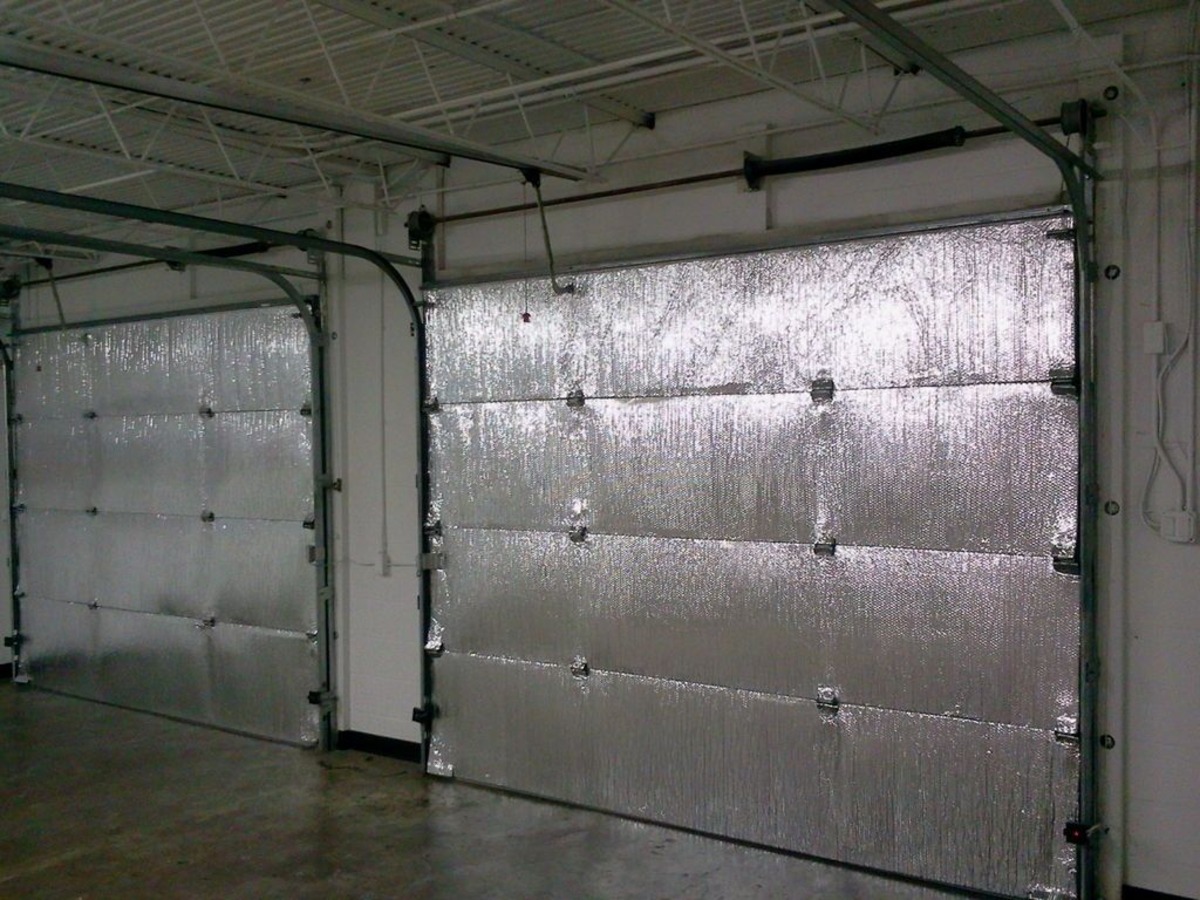
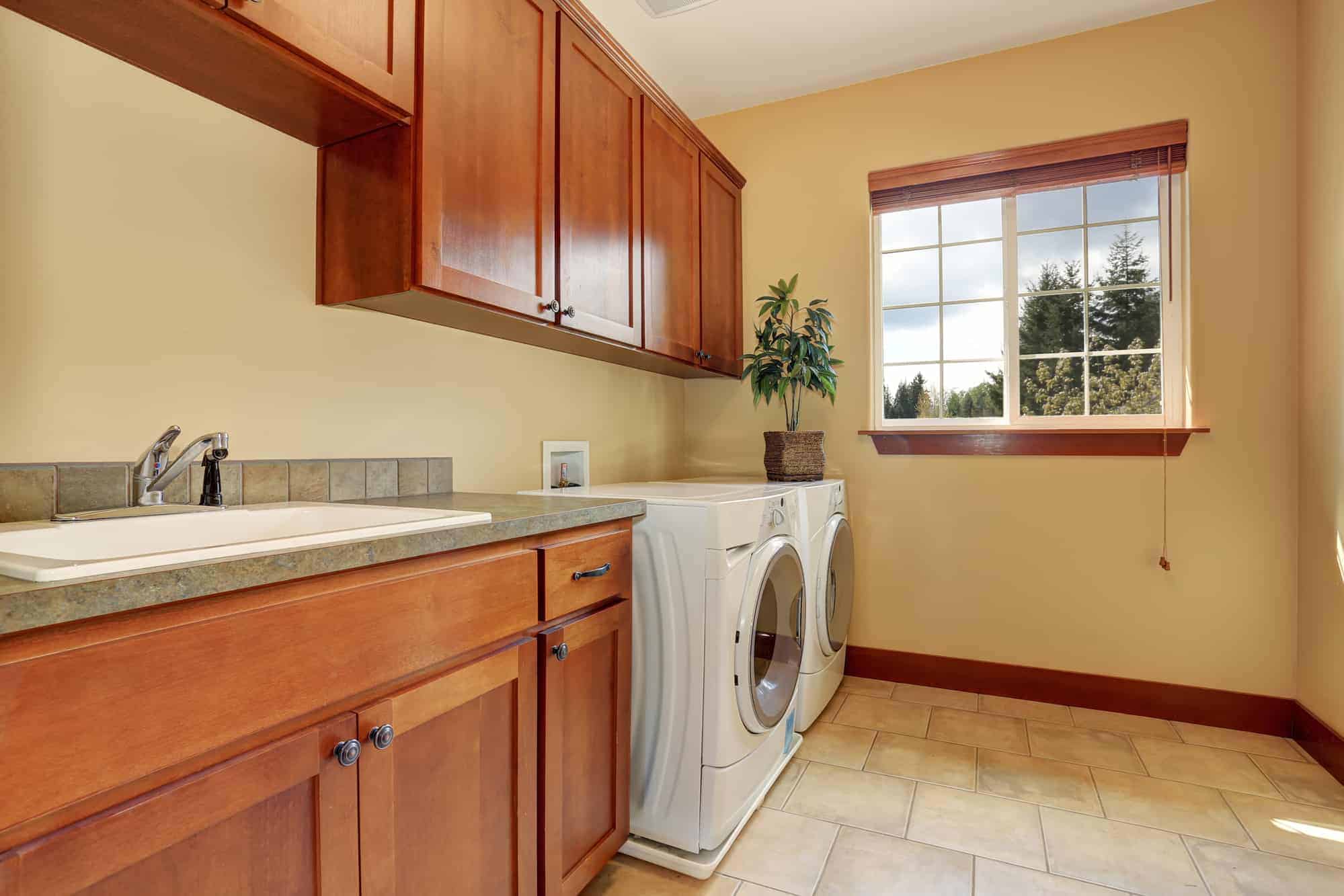
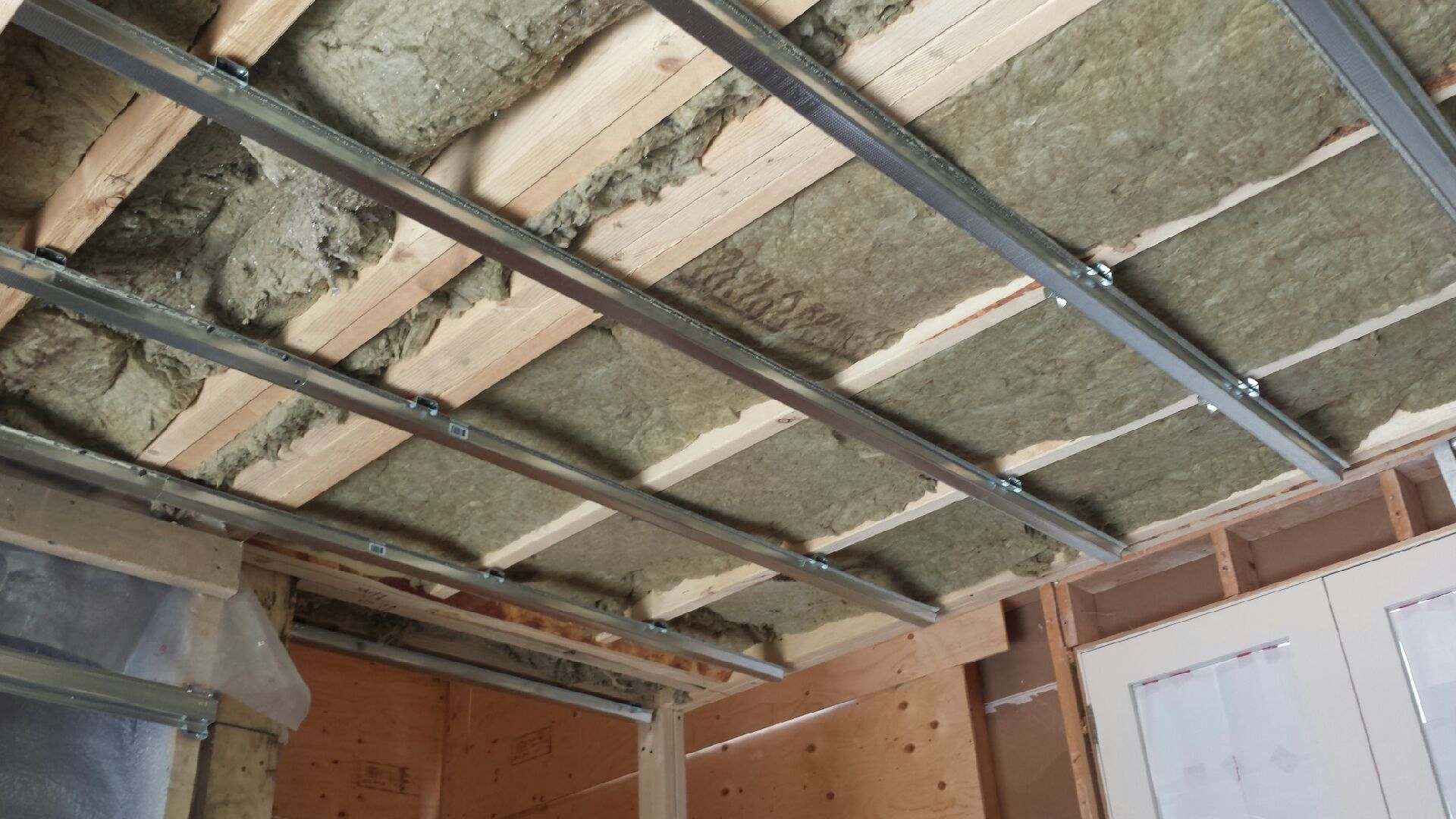
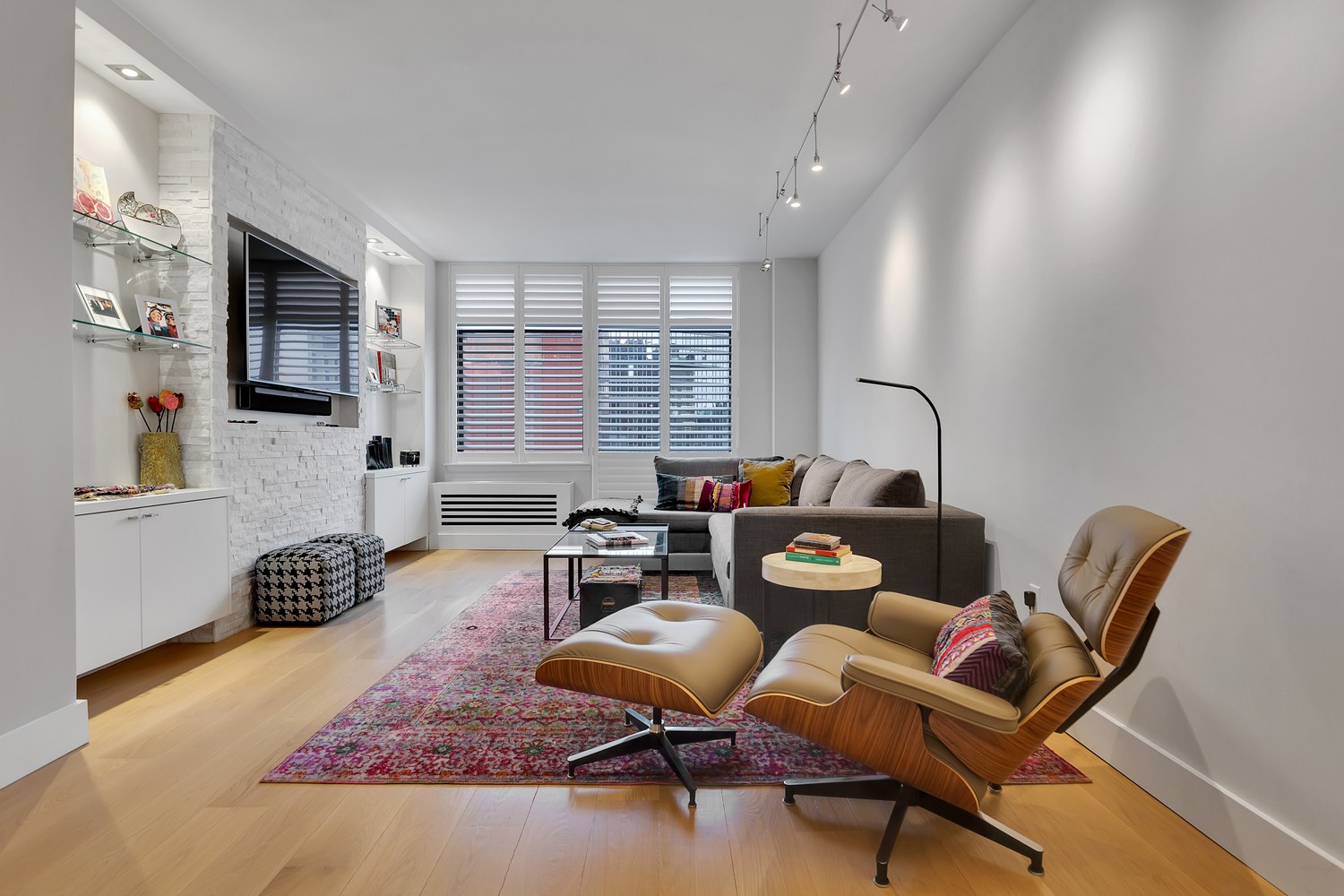
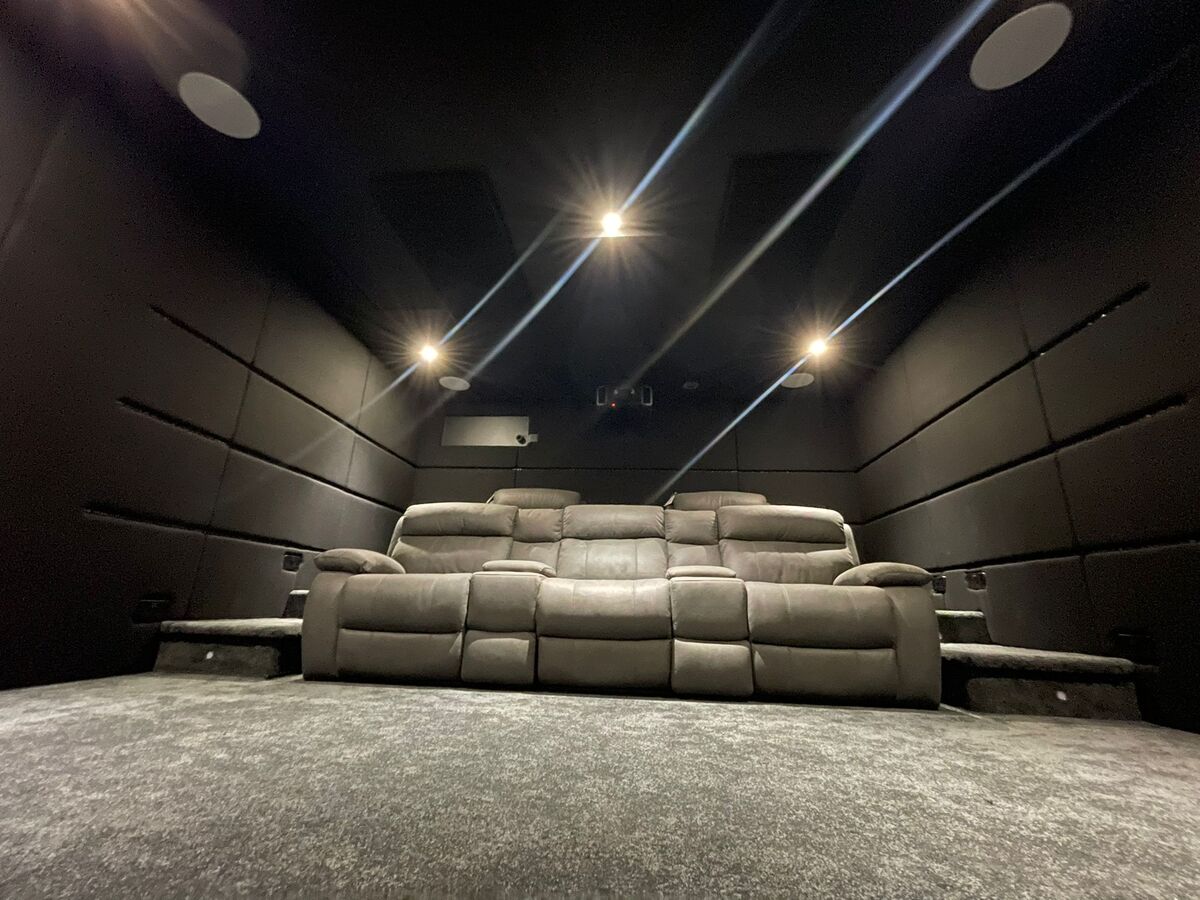
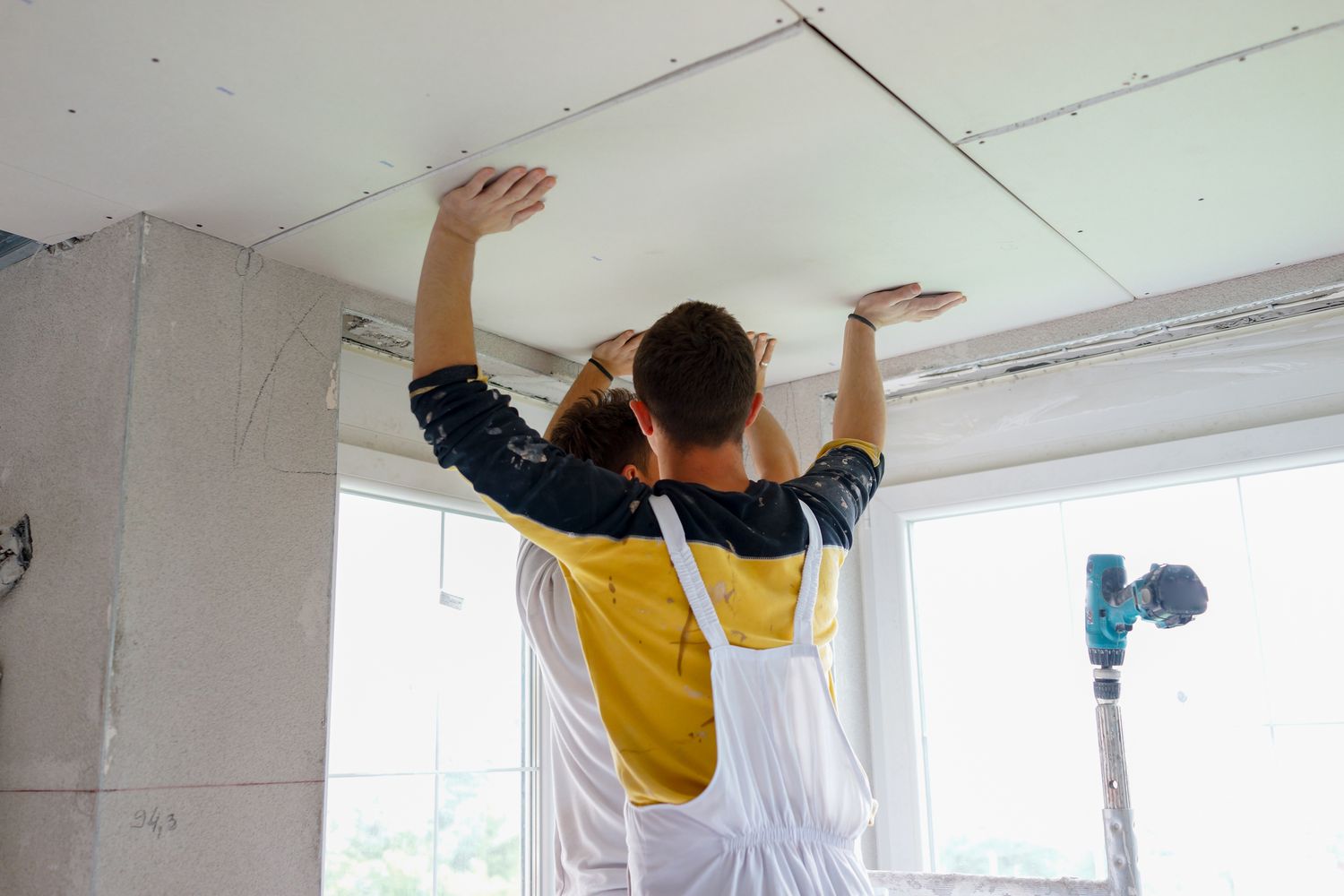

0 thoughts on “How To Soundproof A Shed”